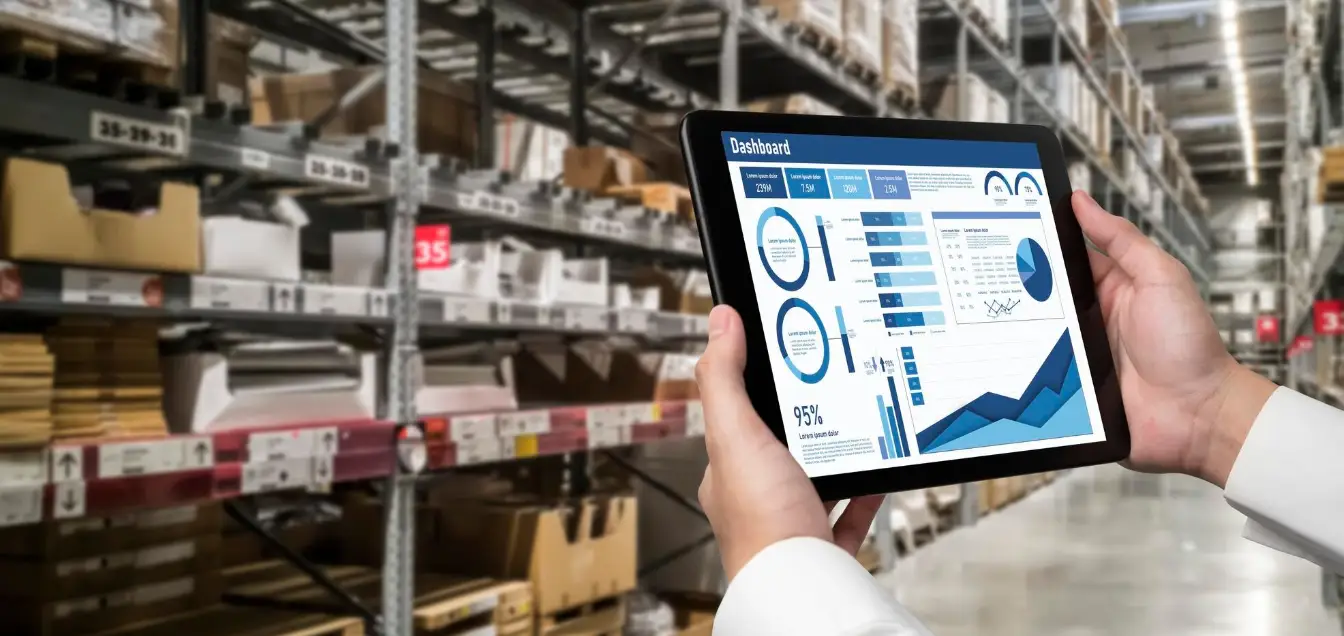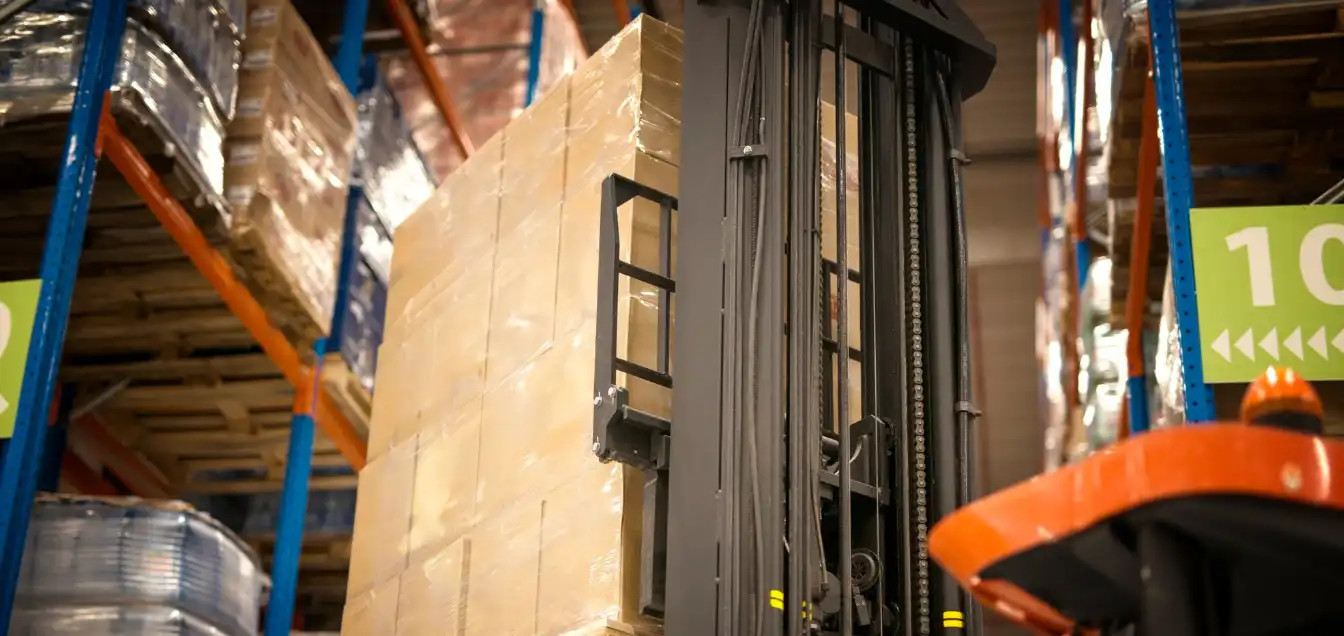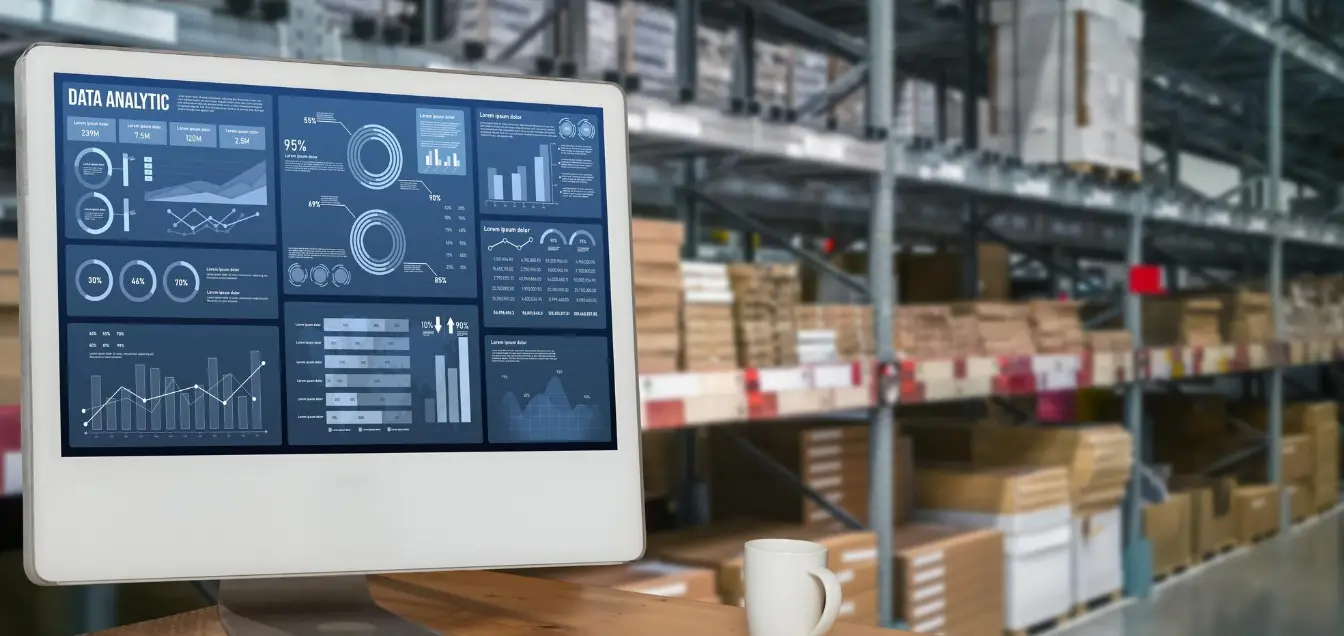In today’s fast-paced world, businesses are continually looking for ways to optimize their operations. One key area of focus is logistics. Data-driven logistics is emerging as a leading solution in the realm of third-party logistics (3PL). This innovative approach uses data analysis to improve efficiency, reduce costs, and enhance customer satisfaction. In this blog, we will explore how Data-guided logistics is transforming 3PL services, its benefits, and the future it holds for various sectors, including last mile delivery Canada.
Table of Contents
The Power of Analytics-Driven Logistics

Analytics-driven logistics focuses on the analysis of data to make informed decisions in supply chain management. With the rise of big data, companies can now collect vast amounts of information related to their logistics processes. Using advanced analytics tools, they can identify trends, predict outcomes, and make data-driven decisions. A survey from McKinsey revealed that companies leveraging advanced analytics can improve their operational performance by 20% or more.
For example, a Canadian Fulfillment Center utilizing analytics-driven logistics can forecast demand more accurately and optimize inventory levels accordingly. Companies like Amazon have successfully used analytics to revolutionize their supply chain operations. They analyze historical data, market trends, and even climate forecasts to predict consumer purchasing behavior. This allows them to position inventory correctly, minimizing delays and maximizing customer satisfaction, particularly in last mile delivery Canada.
Information-Based Logistics: The Backbone of Modern Supply Chains
Information-based logistics relies heavily on data collection and sharing across the supply chain. By providing real-time insights, businesses can make agile decisions that enhance service delivery. Data-informed logistics enables firms to track shipments, monitor delivery times, and even predict potential disruptions.
Consider a hypothetical example of a 3PL logistics in Canada that implements an information-based logistics strategy. By analyzing data from previous shipments, they could improve their last mile delivery in Canada, enhancing service reliability and minimizing costs. For instance, the integration of GPS technology and data analytics allows logistics providers to visualize routes in real-time. A logistics company could use heat maps of delivery inefficiencies to reroute trucks, thus cutting down on fuel costs and improving delivery speeds.
The Importance of Third Party Logistics in a Data-Driven World
The role of third-party logistics providers is becoming increasingly vital as companies seek to enhance their operational efficiency. Data-informed logistics offers 3PL providers the tools needed to manage complex supply chains effectively. By leveraging data analytics, they can streamline processes, improve inventory management, and heighten customer satisfaction.
Key Benefits of Third Party Logistics
- Cost Reduction: By analyzing shipment data, logistics providers can identify inefficiencies and eliminate unnecessary expenses.
- Improved Customer Experience: With real-time tracking and updates, businesses can keep customers informed, leading to higher satisfaction rates.
- Flexibility and Scalability: Data-guided logistics allows for easy scalability and adaptation to changing market demands.
- Enhanced Decision-Making: By leveraging predictive analytics, third party logistics can preemptively address potential issues before they escalate.
Consider a case study involving a global food and beverage company. By partnering with a 3PL provider that uses data-driven logistics, they implemented early warning systems that notified them of potential supply chain disruptions related to weather, labor strikes, or supplier issues. As a result, they mitigated risks and maintained consistent product availability.
Fulfillment Technology: Elevating Supply Chain Management

Fulfillment technology plays a crucial role in Data-informed logistics. By integrating advanced software solutions, companies can automate various aspects of their supply chains, harnessing data effectively. This automation leads to higher efficiency, fewer errors, and optimized workloads.
Additionally, innovative businesses have begun adopting green logistics practices. By using data to optimize delivery routes, companies can reduce their carbon footprint while improving delivery times. For instance, a logistics provider that employs route optimization algorithms can save substantial fuel costs while also minimizing environmental impact.
Example of Successful Fulfillment Technology Implementation
A case study of a leading courier service in Canada highlights how technology has streamlined their operations. By using fulfillment technology, they managed to reduce delivery times by 30% while cutting costs by 20%. This improvement was achieved through real-time data analytics that allowed for precise tracking of delivery operations. Notable examples of such successful implementations can be seen in services like Innovative Furniture Courier, Nationwide Big and Bulky Product Delivery, and Courier Services in Canada, each demonstrating significant advancements in delivery efficiency.
Embracing 3PL Warehouse Services in Canada
In Canada, many businesses are turning to 3PL warehouse services in Canada to manage their logistics efficiently. Data-guided logistics enables these warehouses to optimize their inventories based on predictive analytics. By utilizing data effectively, these warehouses can ensure they stock the right products at the right times.
For instance, during peak shopping seasons, a 3PL provider can adjust their stock levels based on predicted sales, reducing the risk of stockouts. A notable example is a retail chain that used Data-informed logistics to increase its inventory turnover rate during the holiday season by 25%, thereby maximizing profits while minimizing overstock issues.
How Transloading Services in Canada Benefit from Data-Driven Logistics
Transloading services in Canada also benefit significantly from Data-informed logistics. By analyzing data on incoming and outgoing shipments, companies can determine the best transport modes and routes, thus reducing transit times and costs. For example, a transloading facility that integrates Data-guided logistics can identify the most efficient handling method for different types of cargo, optimizing overall throughput.
Imagine a shipping company that uses Data-informed logistics to monitor demand patterns in rail versus truck deliveries. By adopting the most suitable transport mode, they can reduce lingering delays and swiftly respond to customers’ needs.
The Role of Cross-Docking in Canada
Cross-docking in Canada is another area where data-driven logistics is crucial. When executed correctly, it allows for quick turnaround times in supply chain operations. Logistics providers can use data insights to predict inbound shipments and facilitate efficient unloading and loading.
By implementing Data-informed logistics, a cross-docking facility can ensure product availability by analyzing sales data in conjunction with supply windows. This increases the chances of maximizing operational efficiency while catering to customer demand promptly.
Innovation in 3PL Through Data-Driven Logistics
Innovation in 3PL is fueled by data-driven logistics. As logistics providers continue to develop and utilize advanced technology, we will see even greater efficiency and effectiveness in the sector. Data-informed logistics empowers companies to keep pace with evolving customer expectations, paving the way for stronger competitive advantages.
Mitigating risks and planning for the future has never been easier. Tools such as machine learning are becoming integral in predicting inventory flow, supplier reliability, and transportation needs. The logistics industry is at the forefront of incorporating these technologies to evolve better and faster.
Example of Real Companies Providing Fulfillment Services

- Amazon
- DelGate – Notably recognized for its robust 3PL fulfillment in Canada services.
- FedEx
- UPS
- ShipBob
Numerical Data and Reports on Data-Driven Logistics
Here’s a downloadable reference table summarizing key statistics and findings regarding the impact of Data-informed logistics in the industry.
Table: Impact of Data-Driven Logistics on Supply Chain Management
| Metric | Before Implementation | After Implementation | % Improvement |
| Delivery Time (days) | 5 | 2.5 | 50% |
| Cost Reductions ($) | $100,000 | $70,000 | 30% |
| Customer Satisfaction (%) | 75% | 92% | 17% |
| Inventory Turnover Rate | 4 turns/year | 6 turns/year | 50% |
| Carbon Footprint Reduction (%) | N/A | 25% | N/A |
Conclusion
In conclusion, the future of 3PL services is undoubtedly intertwined with data-driven logistics. As companies adopt this innovative approach, they will significantly enhance their operational efficiency, customer satisfaction, and sustainability efforts. As we have seen, leveraging analytics and information effectively will be pivotal in shaping the logistics industry for years to come.





